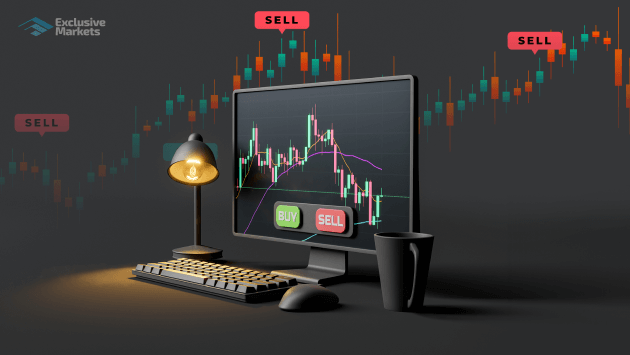
Forex trading can be both exciting and daunting. With the right forex trading strategies https://ex-zar.com/, traders can navigate the complexities of the foreign exchange market and increase their chances of success. This article will explore several effective strategies, their benefits, and tips on how to implement them effectively. Let’s dive into the world of forex trading!
Understanding Forex Trading
Forex, or foreign exchange, refers to the decentralized global market where currencies are traded. It is the largest financial market in the world, with daily trading volume exceeding $6 trillion. Traders engage in forex trading to profit from fluctuations in currency values. Understanding the fundamentals of this market is essential before diving into specific strategies.
Types of Forex Trading Strategies
There are numerous trading strategies in forex, each designed to meet the individual trader’s goals, risk tolerance, and market understanding. Below, we discuss some of the most popular types of forex trading strategies.
1. Scalping
Scalping is a short-term trading strategy aimed at making small profits from minor price changes. Traders who employ this strategy make dozens or hundreds of trades each day, often holding positions for just a few seconds or minutes. Scalping requires a precise entry and exit strategy, high levels of discipline, and significant market knowledge.
2. Day Trading
Unlike scalping, day trading involves holding positions for a few minutes to several hours. Day traders aim to capitalize on short-term price movements and typically close all positions before the market closes to avoid overnight risk. This strategy requires a good understanding of market trends, news, and timing.
3. Swing Trading
Swing trading is a medium-term strategy that focuses on capturing price swings within a trend. Traders using this strategy tend to hold positions for several days to weeks, aiming to profit from market volatility. This method requires a broader perspective on market movement and usually involves technical analysis to identify optimal entry and exit points.
4. Position Trading
Position trading is a long-term strategy that involves holding a position for weeks, months, or even years. This approach is typically based on fundamental analysis, as traders make decisions based on economic indicators, geopolitical events, and other macroeconomic factors. While it requires less time commitment, it demands a strong understanding of market fundamentals.
Implementing Forex Trading Strategies
Regardless of the type of forex trading strategy a trader chooses, implementation is key to success. Here are some essential steps for effectively utilizing trading strategies:

1. Develop a Trading Plan
A trading plan outlines the trader’s strategy, including goals, risk tolerance, entry and exit points, and money management rules. This plan serves as a roadmap for trading decisions and helps keep emotions in check.
2. Risk Management
Effective risk management is crucial for long-term success in forex trading. Traders should never risk more than they can afford to lose on a single trade. One common rule of thumb is to risk no more than 1-2% of your trading capital on each trade. Implementing stop-loss orders can also help limit potential losses.
3. Continuous Learning
The forex market is continually evolving, and staying informed about market trends, news, and developments is vital. Regularly educating yourself through webinars, courses, and trading forums can improve your skills and trading performance.
Popular Tools for Forex Traders
Several tools and resources can aid forex traders in implementing their strategies effectively:
1. Forex Trading Platforms
Most traders use specialized platforms that provide access to the forex market, advanced charting tools, and analytical resources. Popular trading platforms include MetaTrader 4 (MT4), MetaTrader 5 (MT5), and cTrader.
2. Technical Indicators
Technical indicators are mathematical calculations based on price and volume data that help traders identify trends and potential trading opportunities. Common indicators include Moving Averages, Relative Strength Index (RSI), and Fibonacci Retracement levels.
3. Economic Calendars
Economic calendars provide essential information about upcoming economic events, including release dates for important economic indicators. Traders use this information to anticipate potential market volatility and make informed trading decisions.
Conclusion
Forex trading strategies are essential tools for traders looking to navigate the complexities of the foreign exchange market. By understanding the various types of strategies, creating a solid trading plan, managing risk, and utilizing the right tools, traders can enhance their chances of success. As with any investment, continuous learning and adaptation are key to thriving in the ever-evolving forex landscape. Whether you are a beginner or an experienced trader, mastering these strategies can pave the way to a more profitable trading journey.
